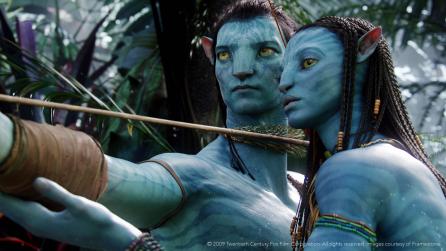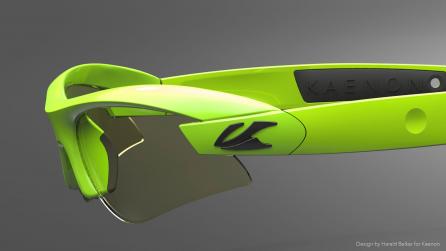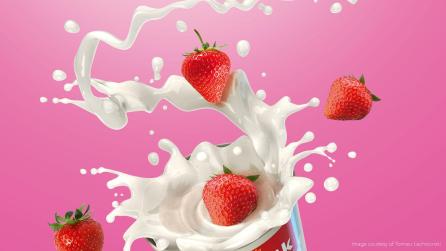Film and TV
Modelling and texturing the space rovers of Mars 1
How a small team faced a race against the clock
Combining a mix of real-life stories and fictional interviews, National Geographic’s Mars 1 takes viewers on a simulated journey into space, telling the story of the first manned mission to the red planet.
Many of the 3D assets for this new episodic TV drama were created by CheckPointVFX - an independent VFX outfit based in Burlingame, California.
Specializing in creating high detail modeling, texturing and look-development, the team there is made up of just two permanent members: Owner and CG Supervisor, Andras Kavalecz, and Creative Director, Greg Jonkajtys.
We caught up with them about their recent work on the space docu-drama.
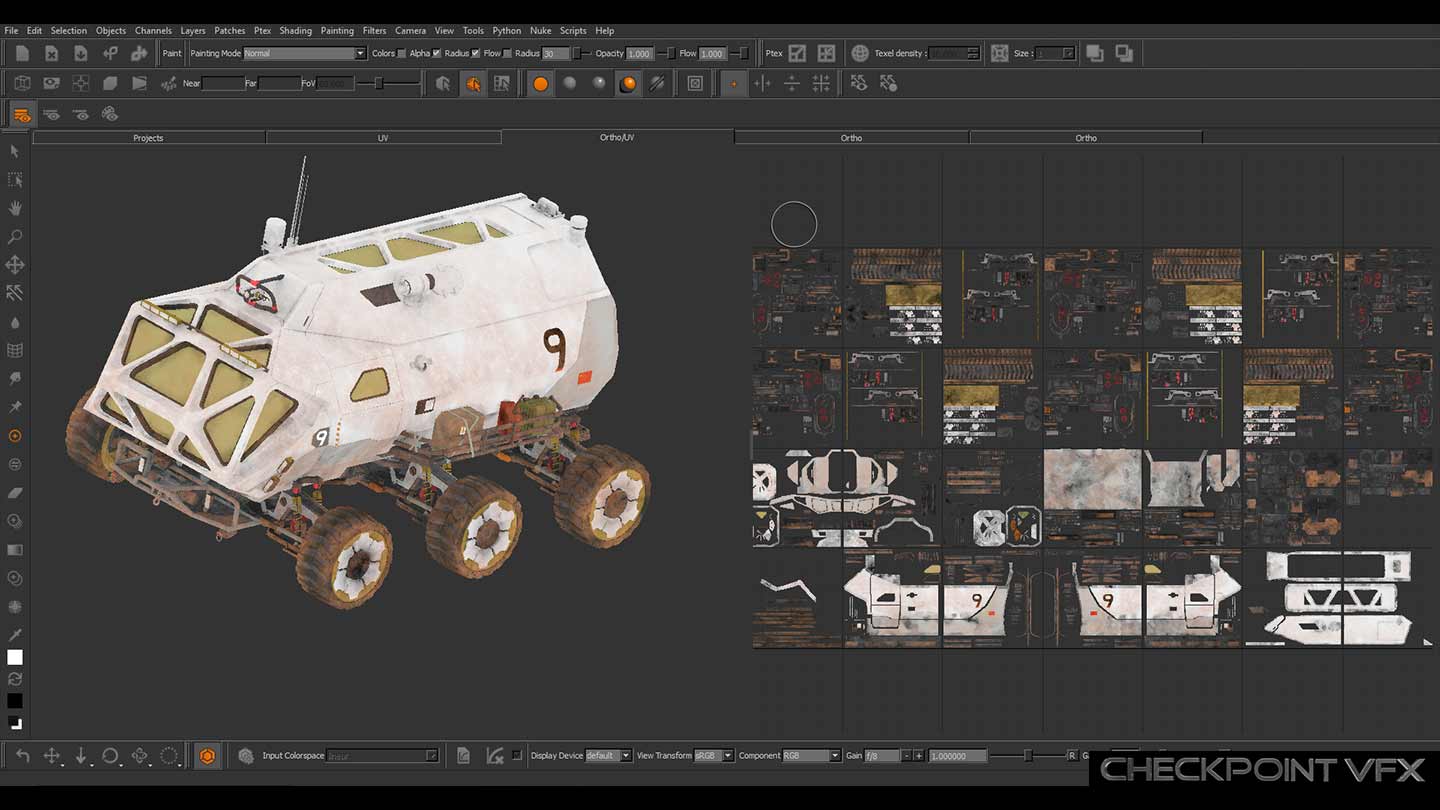
Modelling and Texturing Mars 1
For Mars 1, CheckPointVFX was responsible for modeling and texturing an array of 3D space exploration vehicles..
“Our assets, such as the Daedalus and Rover, were very heavy in polycount – some had well above 60 UDIMs - in order for them to look good in extreme close-up shots”, Andras says.
“Initially, we thought to use Zbrush for panel cuts, but we dropped that idea early on since we did not know which element will be animated and had to be a separate piece.
We were also concerned the possibility that the displacement resolution would not hold up in the close-up shots. Each UDIM had an 8k texture assigned to it (diffuse, spec, reflection, etc). So you can imagine, it was a lot of data that had to be handled.”
Because of these high-resolutions and enormous amount of data, there was a natural choice for completing the work - Mari: “We’ve used Substance on some other projects to create tileable textures”, Andras explains. “ But, when it comes to handling and manually draw textures on such large assets as Mars 1, Mari really is the only tool that can do the job.
It has a very quick learning curve as it’s close to Photoshop. I prefer tools that are less cluttered, from the UI to the number of tools and workflow. Mari is best for artists who shy away from tools that require too much technical understanding and would rather dive in quickly and focus on their art.”
Andras fully expects to have more of this high-resolution work in the future - it’s part of a continual trend he’s noticed across the industry: “In general projects are getting more and more complex, and the quality expectations are rising constantly”.
As HDR and 4K TVs become ubiquitous, the demand for high-res, data-heavy assets for television productions will only increase. Tools like Mari that can handle this will become vital for delivering on-time and on-budget.
The team used Mari in combination with another Foundry tool for this project: “We used Modo for modeling and UVing almost all the assets. All our models are efficiently modeled and clean (99% quads). Modo's strength is in straightforward modeling tools (like the simple ability to copy and paste polygons from one item to another). The new UV features (overlap, flipped UV detection and Texel density) in Modo 11 and Modo 12 are especially useful when handling such complex assets. All our assets go through that UV check process before handing it over to texturing and rendering.”
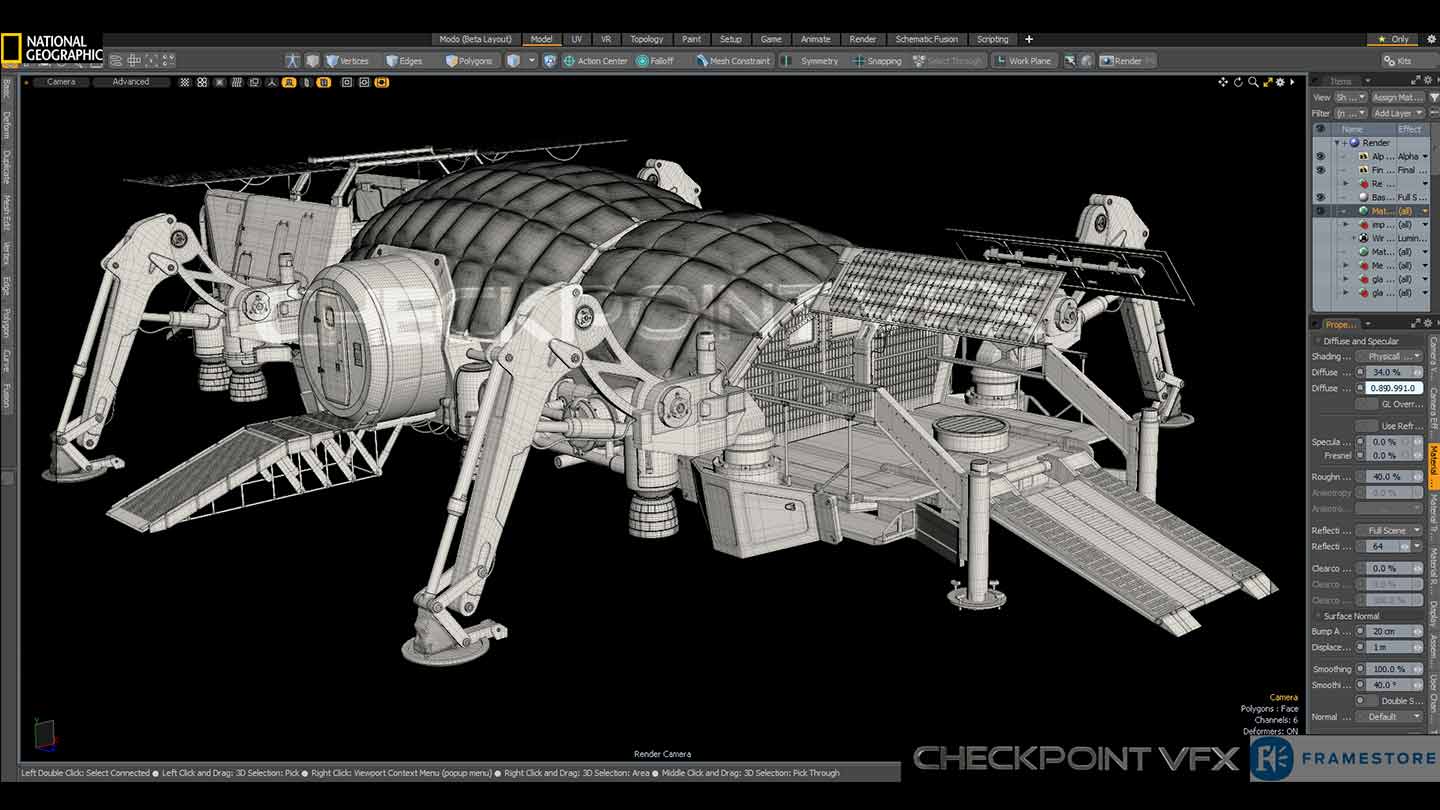
Handling volume complexity
The sheer volume and complexity of the work the team had to get through was a major challenge on Mars 1 - handling of 60+ 8k textures in 16bit is a lot to take on.
Andras explains they managed this by breaking down the assets into material types and selection sets to keep the texturing process smooth: “We created a library of textures we would use to maintain the look (dirt, materials, decals) across all assets. Since we didn’t always know how close the assets would eventually be seen on screen, we had to create the Rover with a texel density of 1m = 4k resolution, which lead to a lot of UDIMs.”
The ability to manage large workloads efficiently is key to the studio’s success. It’s part of the reason Andras believes Mari is the perfect 3D painting and texturing tool for small studios as well as larger ones: “Mari is fantastic for small teams. Artists shouldn’t be intimidated by the fact that Mari was traditionally used by large VFX studios in the beginning.
I myself shied away from Mari in the beginning too, thinking ‘Oh! If the large studios are using it, it must be difficult to learn.’ But in the end, if you need to create a large number of highly detailed textures, you can't afford not to use Mari. I would say it would take someone with Photoshop experience or experience in other painting packages about one week to get ramped up in Mari.”
CheckPointVFX’s relationship with Foundry tools stretches way back, Andras says: “I’ve been using Modo since version 401. Over the years Modo became more and more my main tool, because it allows me to focus on improving my artistic eye, rather than being held off by solving technical problems. Sometimes, too many technical options derail you as an artist.”
Modo has come a long way since Modo 401, and for Andras, it’s this investment in development that keeps the toolset fresh and unique: “The new Mesh Operation is definitely a feature that we will use more often in future projects. But I get most excited about MeshFusion - it’d definitely a game changer. It allows for fast prototyping and you can also use the mesh fusion object for the final render.
Also, the basic polygon modeling workflow is so easy and straightforward in Modo. Materials and shader effects are easy to setup and the sheer number of great procedurals is awesome. On top Modo's native renderer creates great renders and is very easy to use. Overall, Modo is a great out-of-the-box solution - it can be your Swiss Army knife.”
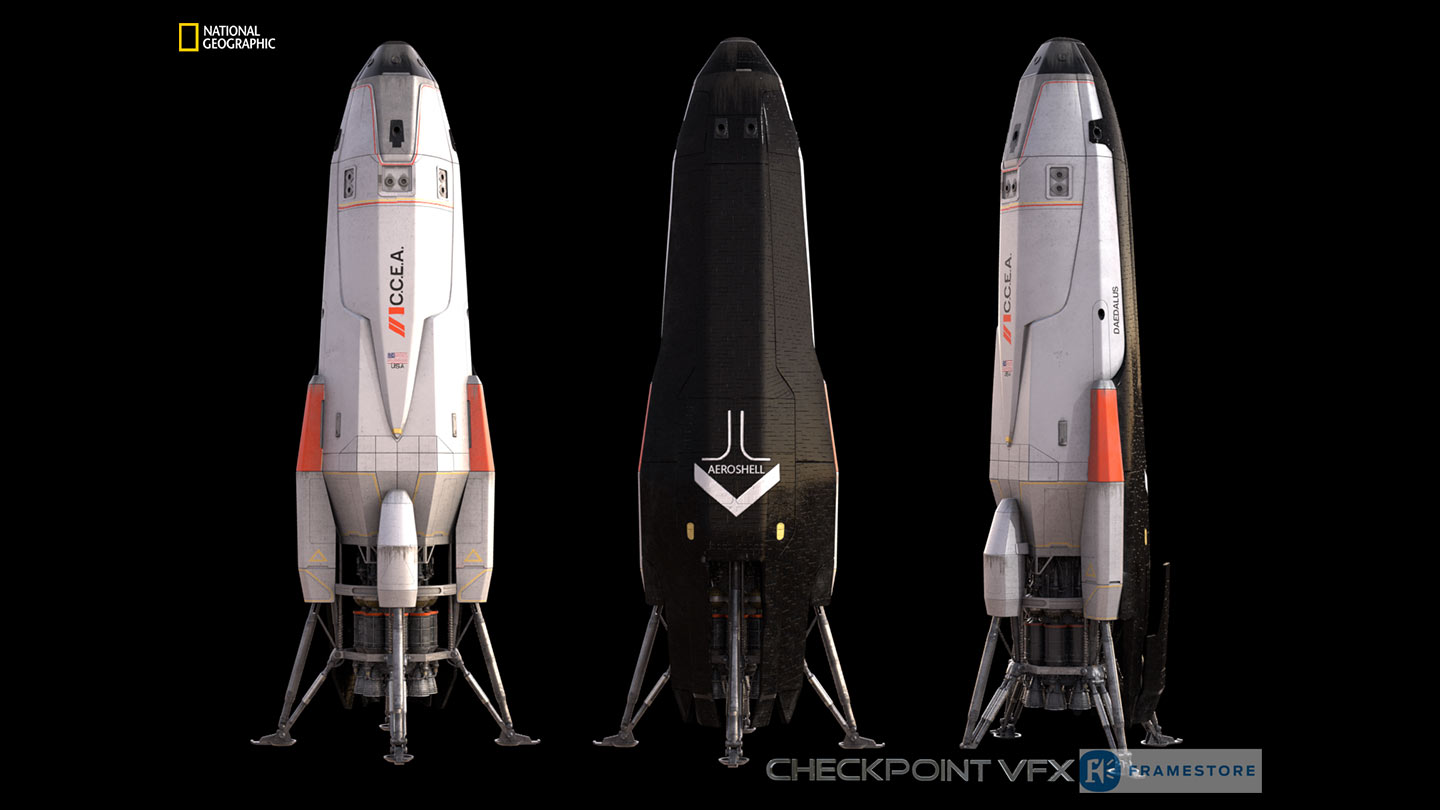
The race against the clock
For a small team working to tight deadlines, it’s always a race against the clock. “We have to be efficient,” Andras says. “Having the right tools is the key to efficiency”.
Using Modo and Mari together, he estimates the team save around 25% on man hours over the course of an average project: “There are just things you can do in Modo and Mari that you can't do in other applications - or can't do as easily”.
And the wider benefits of these time savings translate into something any VFX professional can relate to - more time for artistry: “In the end, it comes down to what we can do in the given time we have for the project. The more streamlined our workflow and tools are, the more time we have for iterations. Having time for iterations gives us the opportunity to further refine our work and deliver the high-quality that our clients expect of us.”
Want to try these tools out for yourself? Get a free, 30-day trial of Mari here and Modo here.
